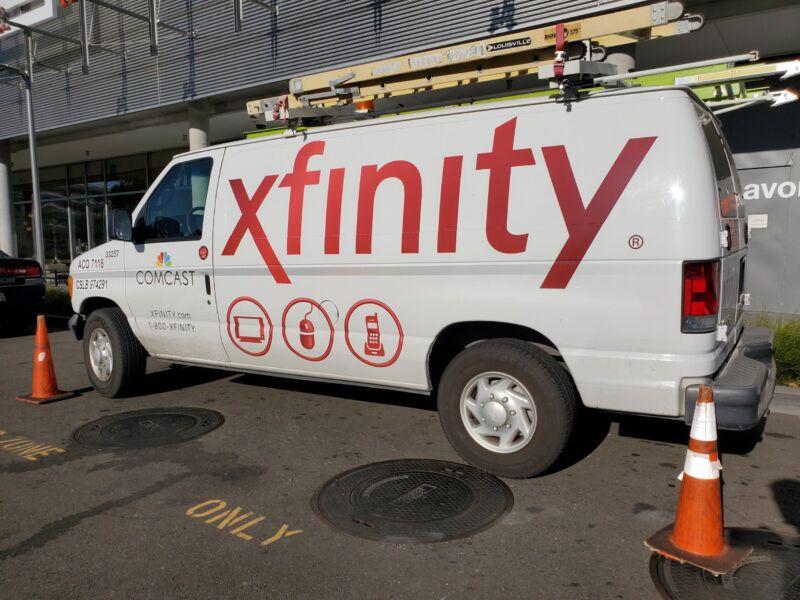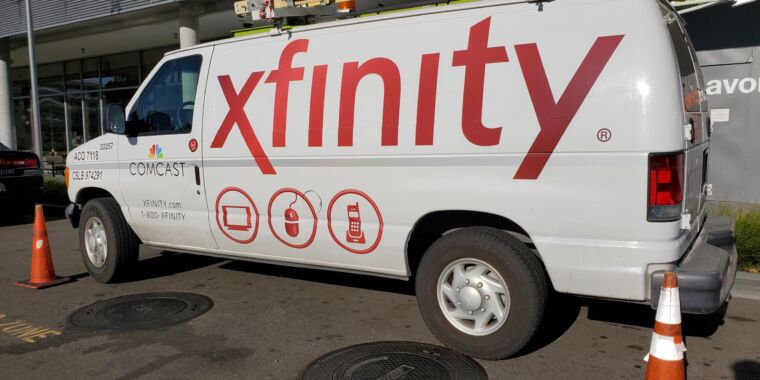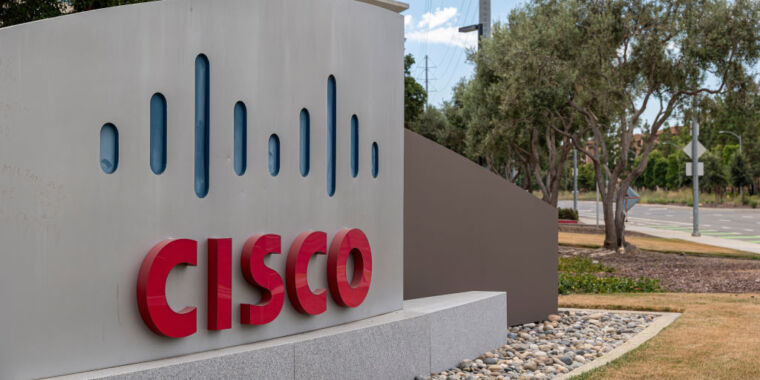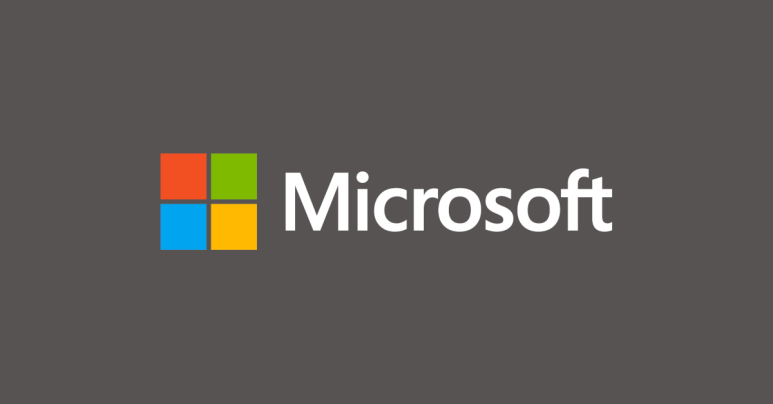Xfinity waited 13 days to patch critical Citrix Bleed 0-day. Now it’s paying the price

Getty Images | Smith Collection/Gado
Comcast waited 13 days to patch its network against a high-severity vulnerability, a lapse that allowed hackers to make off with password data and other sensitive information belonging to 36 million Xfinity customers.
The breach, which was carried out by exploiting a vulnerability in network hardware sold by Citrix, gave hackers access to usernames and cryptographically hashed passwords for 35.9 million Xfinity customers, the cable TV and Internet provider said in a notification filed Monday with the Maine attorney general’s office. Citrix disclosed the vulnerability and issued a patch on October 10. Eight days later, researchers reported that the vulnerability, tracked as CVE-2023-4966 and by the name Citrix Bleed, had been under active exploitation since August. Comcast didn’t patch its network until October 23, 13 days after a patch became available and five days after the report of the in-the-wild attacks exploiting it.
“However, we subsequently discovered that prior to mitigation, between October 16 and October 19, 2023, there was unauthorized access to some of our internal systems that we concluded was a result of this vulnerability,” an accompanying notice stated. “We notified federal law enforcement and conducted an investigation into the nature and scope of the incident. On November 16, 2023, it was determined that information was likely acquired.”
Comcast is still investigating precisely what data the attackers obtained. So far, Monday’s disclosure said, information known to have been taken includes usernames and hashed passwords, names, contact information, the last four digits of social security numbers, dates of birth, and/or secret questions and answers. Xfinity is Comcast’s cable television and Internet division.
Citrix Bleed has emerged as one of the year’s most severe and widely exploited vulnerabilities, with a…




